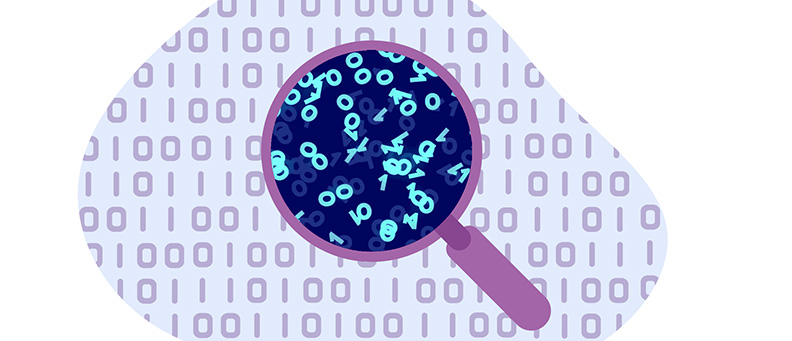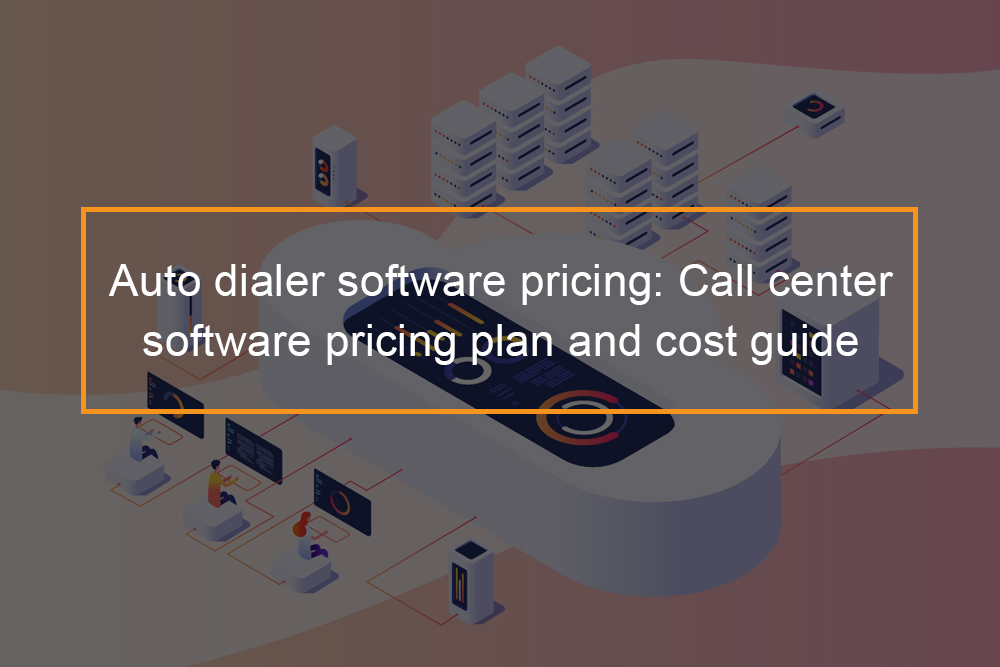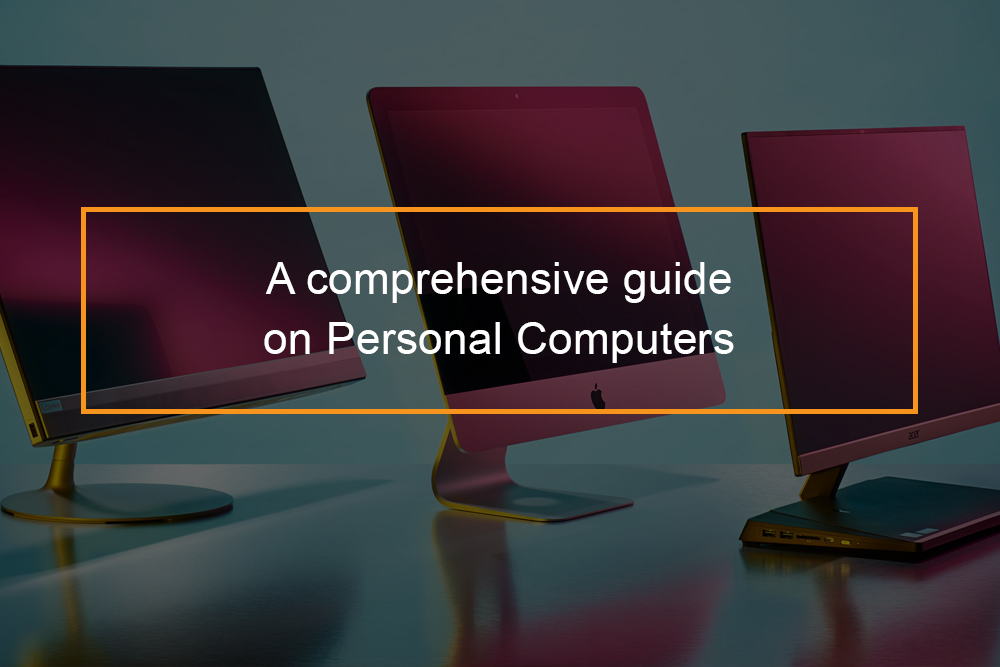Learning the technology use in a call center

Call Center Technology Main Trends and Components
The latest developments in technology for call centers such as automation and AI can make your company’s routine calls more efficient and easy to manage. Utilizing the latest technology for call centers is vital for keeping support and sales teams profitable and efficient and reduce typical issues that call centers face.
In this blog we’ll provide the complete information you must know about what technology is used in call centers — including the history, current developments and the latest in technology in call centers.
Table of Contents
What technology is used in call centers?

What technology is used in call centers? Call center technology is the collection of tools that, whether hardware or software that call centers utilize to conduct outbound and inbound calls. It covers the latest trends, such as the cloud, multichannel approaches as well as self-service solutions, as well as artificial intelligence. The best software for call centers can increase the customer experience, sales and productivity.
How does call center technology work?
The majority of call center technology operates via cloud services that are private. It means your company has access to 24/7 the software for call centers, along with dedicated processing and storage capacity. When your contact center or service agents are logged in, they are able to begin using the features of a call center. When calling is involved the latest technology in the call center typically uses voice over the internet protocol.
What are the call center technology components?
Although there are a variety of technologies for call centers, the following are considered essential.
| VoIP Softphone | With VoIP softphones, you will enable your employees to take calls from anywhere as long as they have an Internet connection. VoIP softphones can be installed on smartphones, laptops, and desktop computers. Interactive Voice Response (Language Speech Recognition)IVR reduces the need for extra customer service agents. IVR introduces language speech recognition and enables your callers to interact directly with your call center phone system. |
| Voicemail Message | The voicemail message component can prove quite helpful when your call center is flooded with calls. It allows customers who can’t afford to wait in the queue to leave your agents a message. |
| Pre-recorded Message | Most customer queries can be answered with a single response. Pre-recorded messages can help you save your agents the time of repeating the same response over and over. |
| Workforce engagement | Instant notifications, queue insights, and the ability to completely control interactions with consumers via only one screen will help you engage your workforce and motivate them to provide better service. |
| Center queue | With modern call center software such as LiveAgent, you will have a complete overview of your call center performance. One of the things you can see is the call center queue. Keep watch on how many people are in the queue and automatically stop taking more queries when the pre-defined max queue length is reached. |
Top 5 Call Center Technology Trends
Although call centers have definitely made progress however, in the present the quality of service offered isn’t adequate to keep up with, or even surpass competitors.
The top 5 technologies for call centers which we’ve listed below will ensure that you stay in the forefront of technology without spending a lot of money. They don’t only increase levels of customer satisfaction, they assist in keeping your employees from becoming overwhelmed or burned out.
Artificial Intelligence
Experts anticipate AI to become more popular within call centers over the next few years. This is because AI solutions provide many advantages.
First, the top AI platforms will automatically route incoming calls to the best-qualified not only the first available agent, resulting in higher first call resolution rates as well as more personalization.
Natural Language Processing (NLP) and Speech Recognition AI take things an extra step, often eliminating the need for the caller to talk to an actual live person in any way.
By studying the customer’s speech AI-powered machine learning is able to recognize the problem of the customer and attempt to provide guidance, and automatically handle the call, if necessary and, in some instances it can even assess the voice of the customer and their cadence.
In addition to the customers, AI tools can also aid agents by providing relevant information from a data database based on the conversation, and assessing how good an agent’s phone call is by looking at the quantity of “filler words” (like, um) employed, and many more.
AI-powered virtual assistants are able to collect data on payments, offer updates on accounts, help customers book appointments and much more.
Because AI is constantly “learning” and improving based on the same patterns of agents and customers’ behavior, it is only more effective with the passage of time and with use.
Omnichannel Call Centers
If your company hasn’t implemented the omnichannel call center system in the past, you’re way behind.
Technology has evolved to the point that consumers expect to connect with your company via various ways of communication, not just through phone.
Omnichannel contact centers offer additional channels, such as:
- SMS texting
- Video conferencing
- Chat Live Chat web-based messaging
- Integration of email
- Social media messaging (Facebook, Instagram, etc.)
- Chat messages between the team members.
However, these channels aren’t operated independently. Instead, conversations across each channel are automatically updated and synced after each interaction.
This allows agents and customers the ability to “pick up where they left off” even in the event that the conversation started in Facebook Messenger and ended in video calls. It also permits several agents to help in an issue with support, since they’ll all have the most recent conversation history available to them.
Social Media Customer Service
Call center technology trends of today have changed to reflect the modern technology that provides customer service through social media channels is not an option anymore and is now a requirement.
In fact, more than half of the customers who contact brands on social media anticipate to hear from them within one hour, or even less.
When you integrate your company’s Twitter, Facebook, or Instagram page (TikTok is expected following) to your software for call centers, you’ll provide an additional avenue for customers to contact you. It will also allow you to incorporate automated responses to let customers know that their query has been answered and give a timeframe to anticipate a response.
As with all communication channels Agents can choose to receive notifications from contact It’s a breeze to make sure that crucial messages from customers on social media won’t be missed.
Recall Technology
We’ve all been embarrassed by sending an email or message to clients with spelling errors or outdated information.
Recall technology is a call center feature that lets agents quickly erase and edit messages in real time, and assists to prevent small mistakes from causing further transmission.
In certain cases, the recall technology may even stop for just a couple of seconds prior to sending a message to customers to allow agents time to rectify any errors.
Recall technology is an essentially new feature of contact center services and is expected to grow significantly before the end of 2021. It’s for now an excellent way to cut the amount of human error that occurs within your contact center.
- Real-Time Transcription
While recordings of calls and transcriptions enable call center employees and managers to review their performance, or look over key moments of the meeting following the call, real-time transcription provides a higher degree of immediate insight into the conversation between a colleague and a customer.
Real-time transcriptions aren’t only a way to provide meetings and discussions to all, but they can also avoid miscommunication as well as provide more accurate notes on meetings, and permit participants to quickly go through previous conversations to eliminate any confusion.
Modern technology for transcription can even recognize different speakers, and provide immediate post-meeting highlights as well as actions items, and also give searchable transcripts to future reference.
What Are Key Call Center Technologies?

Here’s a list of the most important call center technology and the reasons they’re important to your company.
Interactive Voice Response
The Call Center’s IVR (Interactive Voice Response) is also known as IVR hosted or multi-level will enhance the quality of your customer service by guiding your customer through the self-service menu.
Based on the responses of your caller The system then begins the process of calling routing so that they can be directed to the right department or provide them with the appropriate messages. This tool lets you run your call center effectively.
Why is IVR important for call centers?
This software can automate your customer service offerings by providing callers with an automated series of messages. These messages can help customers to resolve their own problems. However, if the issues can’t be solved by themselves the caller will be immediately directed to an agent who will assist.
This not only provides efficient and quick customer service for your customers however, it also lets your staff members take more time to handle complicated questions. This is a valuable feature to add to your customer support offering.
Automatic Call Distribution (ACD)
Automated call Distribution (ACD) can be described as a feature that forwards inbound calls to an agent or department that is the best fit to answer the call.
The most suitable call route is selected based on predetermined requirements and routing strategies. Common routing options include skill-based route, idle routing Round-robin routing and time-based routes and even VIP status.
Why is ACD important for call centers?
ACD helps to solve one of major complaints from customers that is having to repeat the same issue to every new rep they’re assigned to if the person they spoke with did not have the expertise or the information needed to help them.
In addition, every customer is assigned to the agent who is most suitable for them and often eliminates the requirement for a follow-up call. Furthermore, various routes make sure that all agents in the department have the same chance of selling or offering assistance to every customer. This isn’t only about fairness, it’s also about preventing agents irritation.
40 percent of consumers wish representatives from customer service to attend to their concerns faster. more than 60% are hoping that an agent will be able to meet the needs of their particular requirements.
ACD can make that happen.
Call Recording
The recording feature is common function in call centers that record calls to the phone (or videos) whether automatically or on demand
These recordings of calls are useful for employee training as well as quality assurance or to help clear up confusion.
Why is call recording important for call centers?
Sixty-nine percent of companies record calls in order to examine the performance of support agents and overall satisfaction levels with customers.
The call recording data provides insights into the most frequently-asked customer service needs, complaints from customers and what customers might want to see your business provide in the near future.
A lot of call recording features include call monitoring which lets managers observe the calls live. A call whisper function allows managers to give tips to the agent during the call however, without the client being aware of the tips. A call barge function lets the manager or someone else in charge take over the call if needed.
Reporting and Analytics
Analytics and reporting for call centers give you the opportunity to observe a range of KPIs (Key Performance Indicators) through the collection of historic and real-time information.
The call center can be monitored by users. metrics such as average call duration call abandonment rate, first call resolution daily or agent-day calling volume CSAT calls quality and customer retention rates and many more.
Call center companies that are of high quality provide pre-made or custom template reports and deliver new reports on a predetermined schedule.
Why are analytics important for call centers?
By analyzing and reporting you can determine the areas where an agent, team or department could stand to improve.
This information can be used to train specific agents or establish new goals. On the other hand you can make use of this feature to find out the areas where you are excelling to make sure you’re meeting your goals.
Workforce Management
Workforce Management Software (also called Workflow Management or Workforce Asset Management) aids in increasing employee productivity by controlling the schedules, balancing workloads, forecasting trends and behaviors of customers in the future and many more.
It also assists in easing the process of onboarding new employees. It speeds up the process of data entry by using features such as filled-in fields on forms, the automatic validation of data sends reminders that are automated and much more.
Administrators can create conditions to validate, prioritize certain activities over other actions, or edit access control.
Why is it important for call centers?
Workflow management tools offer an overview of the activities of employees and projects in progress and agent/customer behavior as well as the trends derived in KPI analytics.
It makes sure that only the most capable and accessible agents are assigned to the tasks and tasks, thereby increasing the overall efficiency of the team and ensuring that key players don’t become overwhelmed.
WFM can be used to handle situations like an abrupt increase in call volume, or an escalation matrix init.
Workforce management tools can simplify every day “busy work” of agent scheduling or requesting PTO, logging information, and much more which can save a considerable amount of time.
Computer Telephony Integration (CTI)
Computer Telephony Integration (CTI) is the technology that enables computers to communicate via your telephone system as well as other channels of communication, including social media, texting and live chat.
Why is CTI important for call centers?
CTI tools help make your phone calls for your team more efficient.
Call centers receive a large number of calls each day and CTI gives the ability to instantly access past customer information, such as orders history, notes from agents, contact information and more to facilitate faster and more effective conversations. The “CTI Screen Pops” integrate with your CRM system to provide the greatest amount of client information feasible.
CTI also comes with features such as call transfer or click-to call, which increase agent efficiency.
Conversational AI
Conversational AI (also called chatbots, or even customer Engagement AI) can empower computers to understand a variety of human languages, analyze the language that is being spoken, and decide what to do in the most natural manner possible. The process begins when a user makes an inquiry by phone or on social media sites as illustrated below.
The AI solution identifies the meaning behind the words used by using NLP, or natural technology for processing language (NLP) and employs NLU, or natural language understanding (NLU) to comprehend the purpose of the customer’s query.
Why is Conversational AI important for call centers?
Juniper Research reported that AI technology could cut costs for businesses by as much as $8 billion per year by 2022.
Conversational AI lets you increase the size of your team and cut down on hiring new employees, since it isn’t faced with the same challenges that your top agents do.
The use of these tools provides customers with the opportunity to have a personalized experience, without straining your staff and also can make automating daily tasks simple.
Frequently Asked Questions
What are the three types of call center technology?
- Communication and Interaction Technologies
- Data and Information Management Technologies
- Automation and Efficiency Technologies
What technical skills do call centers need?
- Computer skills
- Phone system skills
- CRM software skills
- Call routing software skills
- Screen pop-up software skills









